A Broad Portfolio of IV Fluids
Posted on JUNE 24, 2022
IV Fluids are an essential part of patient care. That is why we provide a broad range of IV fluids in a variety of sizes & containers to help you provide safe & effective patient care.

0.9% NaCl (Normal Saline, NS)
- Fluid of choice for resuscitation efforts.
- Used to replace fluid loss from hemorrhage, severe vomiting or diarrhea, heavy drainage from GI suction, fistulas or wounds.
- Use to treat shock, mild hyponatremia, metabolic acidosis, hypercalcemia.
- Caution in cardiac or renal disease.
- May cause fluid volume overload.
- The only solution that should be administered with blood products.
- Monitor for hyperchloremia with large volumes of fluid replacement with 0.9%NaCl.
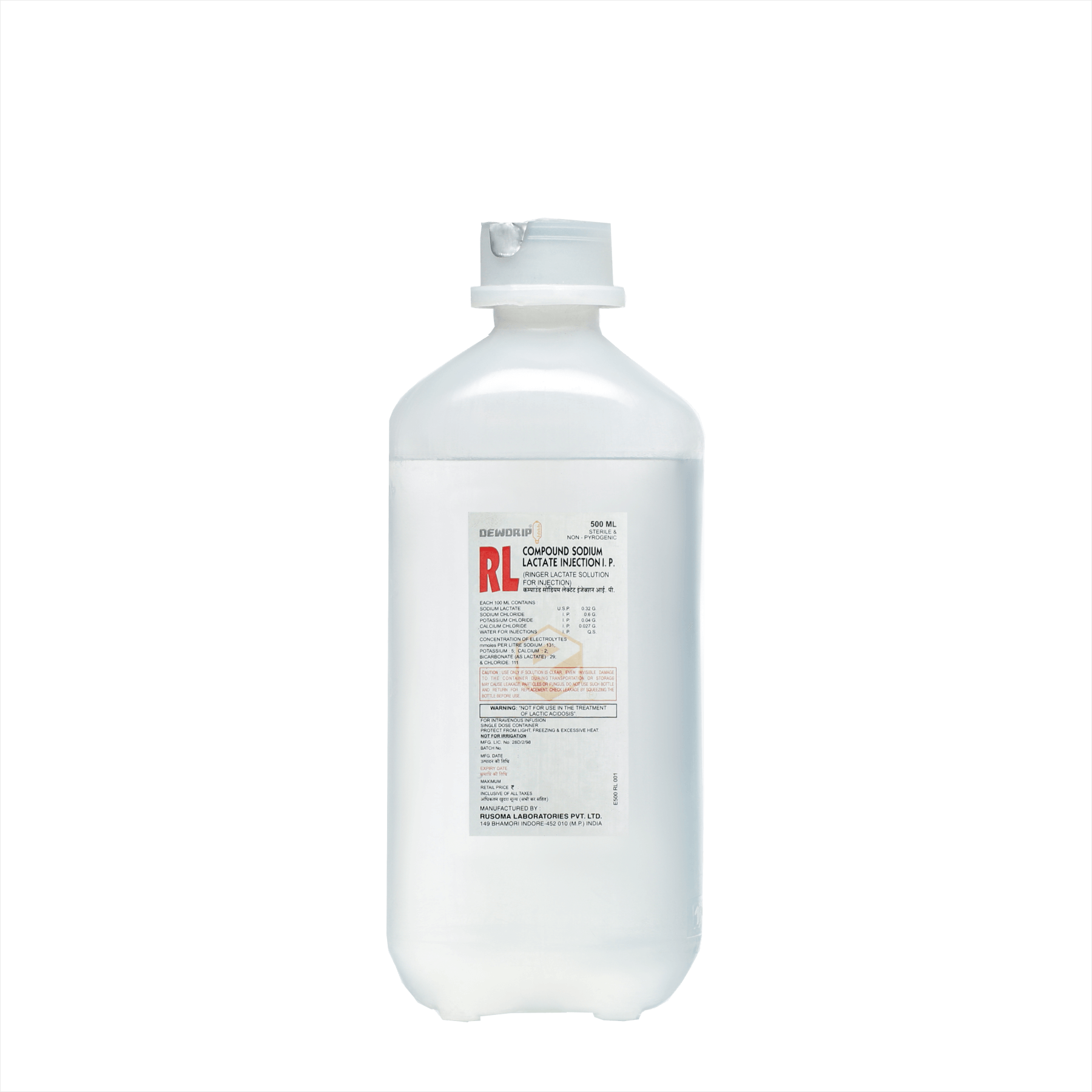
Lactated Ringer's Solution (Ringer's Lactate, RL)
- First-line fluid resuscitation for burn and trauma patients.
- Used to treat acute blood loss or hypovolemia due to third-space fluid shift; GI loss and fistula drainage; electrolyte loss; and metabolic acidosis.
- Contraindicated in patients who cannot metabolize lactate, (i.e. liver disease) or experiencing lactic acidosis.
- Do not administer if pH > 7.5. (Normal liver will convert LR to bicarbonate, worsening alkalosis).
- Caution in patients with renal failure (LR contains some potassium and hyperkalemia can occur).

5% Dextrose
- Both isotonic and hypotonic. Initially dilutes osmolality of extracellular fluid (hypotonic); once cell has used dextrose,
remaining saline and electrolytes act isotonic, expanding the extracellular compartment. - Provides free water for the kidneys, aiding renal excretion of solutes.
- May be used to treat hypernatremia.
- Should not be used alone to treat fluid volume deficit because it dilutes plasma electrolyte concentrations.
- Contraindicated in resuscitation, early postoperative period, and patients with known or suspected increased intracranial pressure (ICP).
- Provides some calories, but not enough nutrition for prolonged use.
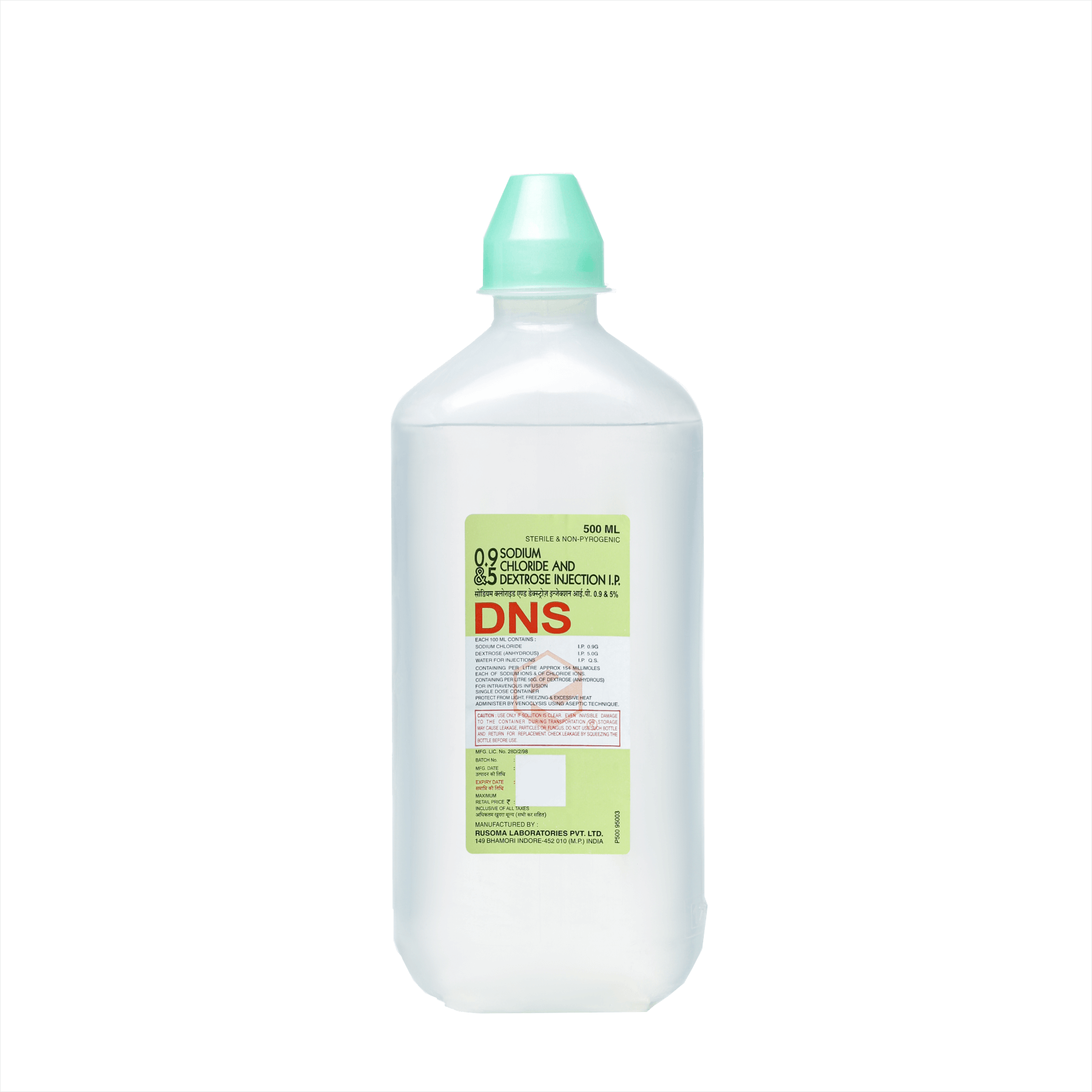
Dextrose 5% in 0.9% NaCl (D5NS)
- Provides calories, water and electrolytes
- Monitor closely for fluid volume overload and pulmonary edema.
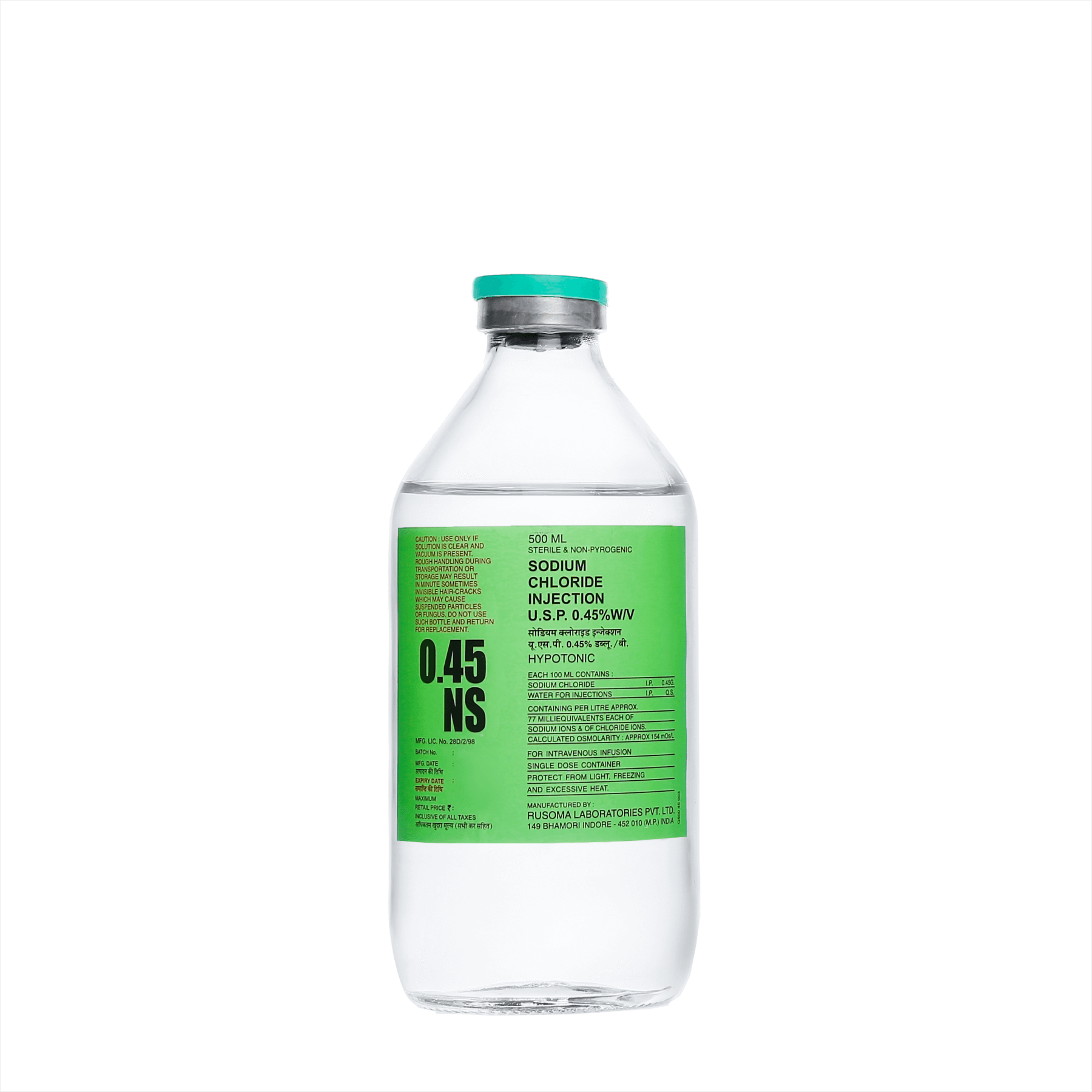
0.45% NaCl (1/2 NS)
- Used to treat hypernatremia.
- Caution in patients with heart failure, severe renal insufficiency, and edema with sodium retention.
- May cause fluid overload resulting in decreased electrolyte concentrations, over hydration, congested states or pulmonary edema.
- Rapid infusion may cause hemolysis of red blood cells (RBCs).
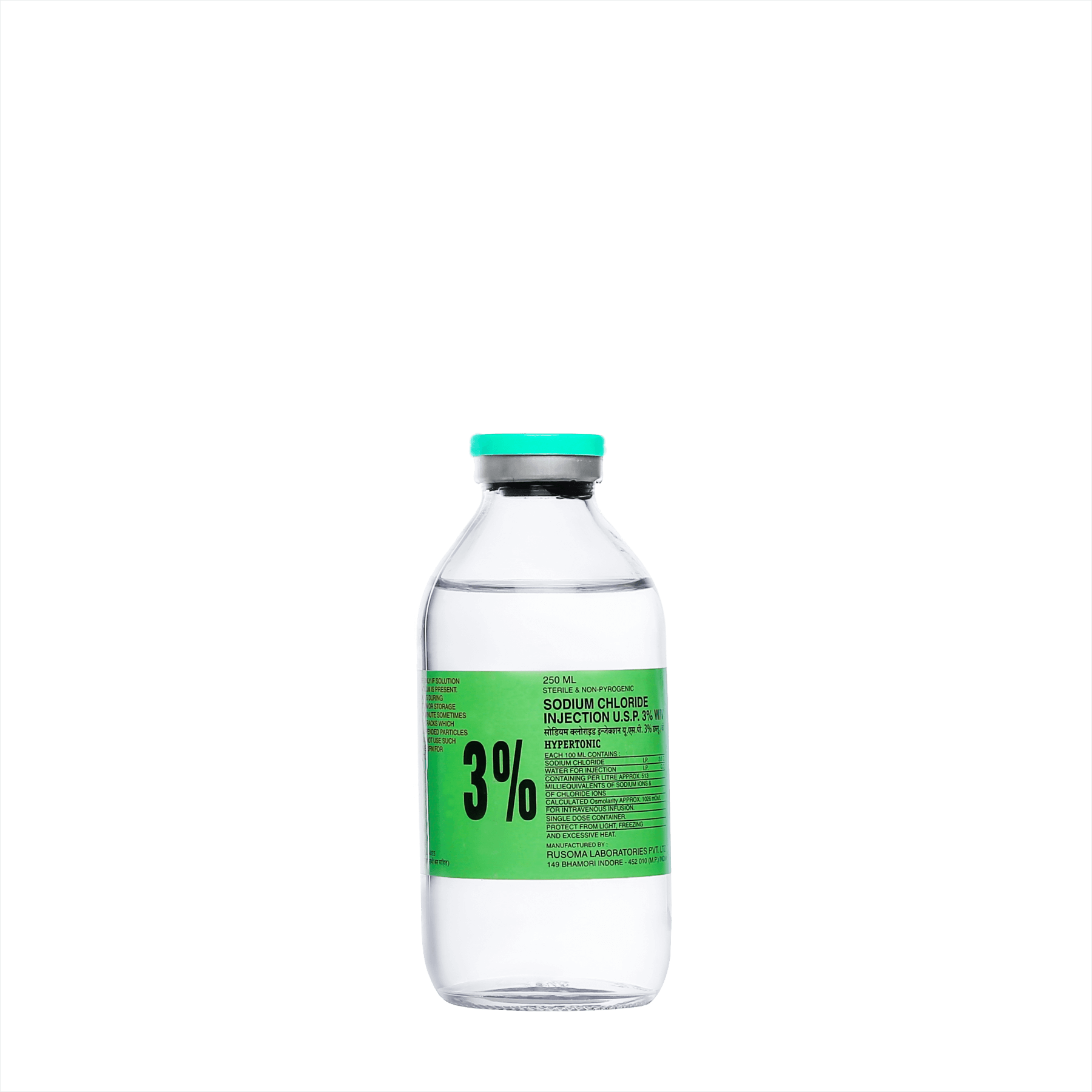
3% NaCl
- Used for treatment of severe, critical symptomatic hyponatremia.
- Give slowly and cautiously to avoid intravascular fluid volume overload and pulmonary edema and the rare life-threatening complication of central pontine myelinolysis.
- Rapid infusion may cause hypernatremia or hyperchloremia.

10% Dextrose
- Provides free water and calories, but no electrolytes.
- Contraindicated in patients with intracranial or intra-spinal hemorrhage, delirium tremens, severe dehydration, anuria, hepatic coma.
- Use central line if possible. Do not infuse through same IV line as blood products due to possibility of RBC hemolysis.
- Monitor blood glucose closely. Use with caution in patients with diabetes mellitus. Monitor for hypokalemia.
- May cause phlebitis, vein damage and thrombosis at the injection site.
- Rapid infusion may cause diuresis, hyperglycemia, glycosuria, hyperosmolar syndrome (mental confusion, loss of consciousness), fluid and/or solute overload, overhydration, or pulmonary edema.

20% Dextrose
- Acts as an osmotic diuretic, causes a fluid shift between various compartments. Promotes diuresis.

50% Dextrose
- Administered via IV bolus to treat patients with severe hypoglycemia.

Dextrose 2.5% in 0.45% NaCl
- Treatment of dehydration or hypovolaemia in cases where supply of water, sodium chloride & carbohydrates is required due to restriction of the intake of fluids & electrolytes by normal routes.
Disclaimer: Any medical information published on this website is not intended as a substitute for informed medical advice & you should not take any action before consulting with a healthcare professional.
Like this post? Share it with your friends!
